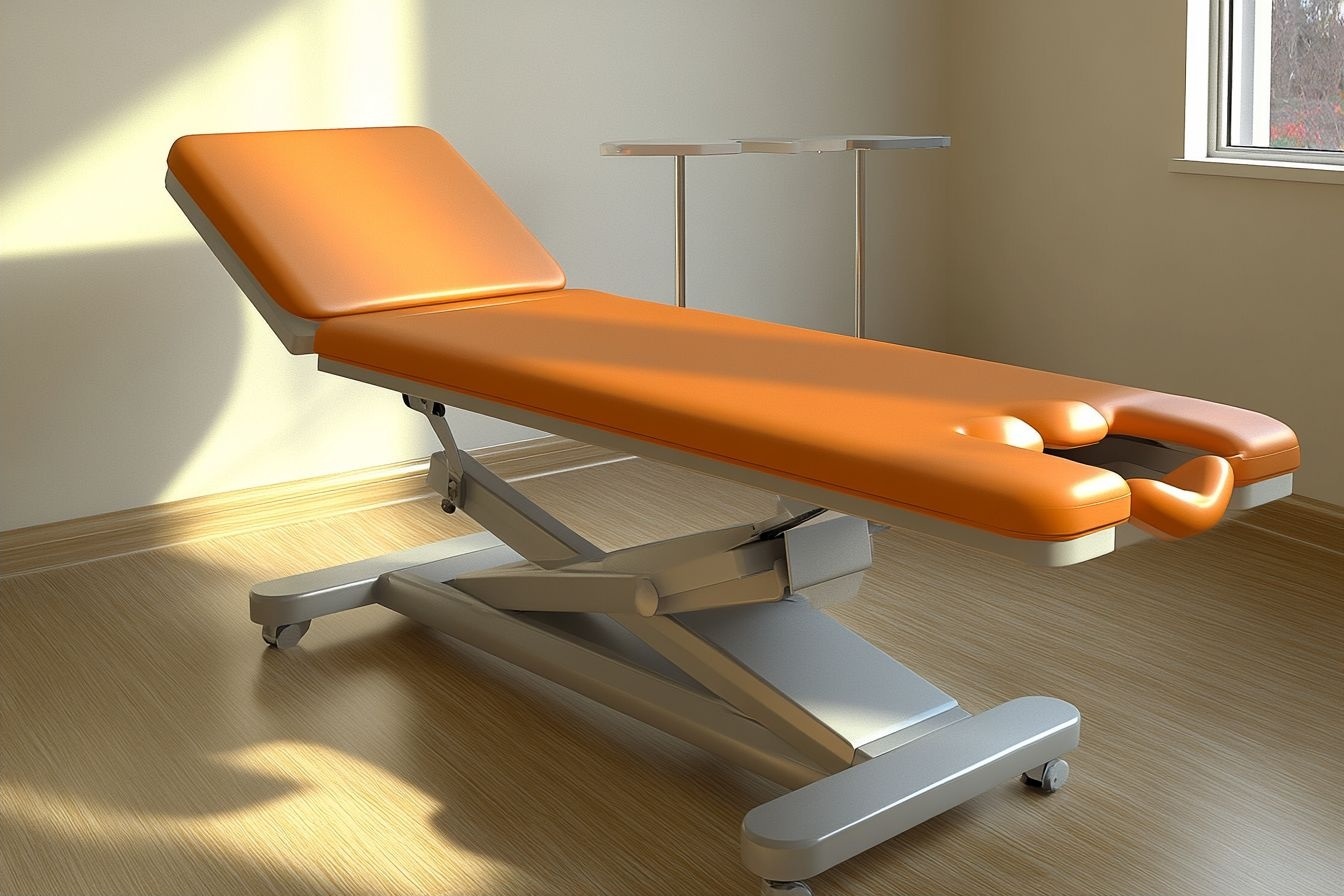Integrating Physical Therapy and Pain Management for Spine Health
An accessible guide on combining physical therapy and structured pain management to support spine health. This overview explains how rehabilitation, diagnostics, and targeted exercise interact with orthopedics and neurology input to preserve mobility and address vertebrae-related conditions.

Spinal conditions can range from acute injuries to chronic degenerative changes that affect the vertebrae, discs, nerves and surrounding soft tissues. Integrating physical therapy with evidence-based pain management helps people maintain mobility, reduce disability, and return to daily activities through coordinated rehabilitation plans. Multidisciplinary care that includes physiotherapy, orthopedics, and neurology ensures diagnostics and imaging guide targeted interventions while addressing biomechanics and posture needs.
This article is for informational purposes only and should not be considered medical advice. Please consult a qualified healthcare professional for personalized guidance and treatment.
What is rehabilitation for spine disorders?
Rehabilitation for spine disorders is a structured process that restores function and reduces limitations after injury, surgery, or chronic progression. Typical rehabilitation includes progressive exercise, manual therapy, and education on posture and body mechanics. Programs emphasize strengthening of core and paraspinal muscles to support the vertebrae, improve endurance, and retrain movement patterns. Rehabilitation goals center on safe return to activities, promoting independent self-management strategies, and coordinating with other specialists when the clinical picture requires additional diagnostics or interventions.
How does physiotherapy support recovery?
Physiotherapy provides hands-on treatment and individualized exercise prescriptions to improve flexibility, strength, and neuromuscular control. A physiotherapist assesses posture, movement mechanics, and pain triggers to design progressive programs that reduce symptom burden while increasing function. Interventions may include manual therapy, therapeutic exercise, balance training, and education on ergonomics. Physiotherapy often functions as the primary avenue for restoring mobility and serves to bridge acute symptom control with long-term strategies that minimize recurrence.
When should orthopedics and neurology be involved?
Referral to orthopedics or neurology becomes important when structural abnormalities, persistent nerve compression, or neurological deficits are suspected. Orthopedics assesses bony alignment, instability, surgical considerations, and long-term mechanical issues. Neurology evaluates nerve function and may use electrodiagnostics to clarify radiculopathy or myelopathy. Timely collaboration ensures that imaging and clinical findings are interpreted in context and that surgical or interventional options are considered only when nonoperative rehabilitation and pain management have been appropriately trialed.
What role does pain management play?
Pain management complements rehabilitation by controlling symptom intensity and enabling active participation in therapy. Strategies include short-term pharmacologic approaches guided by clinical recommendations, interventional procedures when indicated, and psychological or behavioral approaches for coping and pacing. The objective of pain management is not only pain reduction but also functional restoration: effective symptom control reduces barriers to exercise, improves participation in physiotherapy, and helps patients progress through graded activity without undue reliance on long-term medications.
How do diagnostics and imaging guide care?
Accurate diagnostics combine patient history, physical examination, and targeted imaging to identify the source of symptoms and guide treatment decisions. Imaging modalities such as X-ray, MRI, and CT provide information about vertebrae alignment, disc integrity, and potential neural compression. These tools are most useful when interpreted alongside clinical findings to avoid over-treatment. Diagnostics inform whether conservative rehabilitation, interventional pain procedures, or specialty referrals are the appropriate next steps within an integrated care plan.
How biomechanics, posture, and exercise affect mobility?
Biomechanics and posture influence how loads are distributed across spinal segments; correcting faulty mechanics reduces stress on vulnerable structures. Exercise programs typically emphasize core stability, hip and thoracic mobility, and progressive strengthening to support lumbar and cervical regions. Practical posture strategies—during sitting, lifting, and standing—help maintain therapeutic gains. Consistent home exercise, ergonomic adjustments for daily tasks, and periodic reassessment support sustained mobility improvements and lower the risk of symptom recurrence.
A coordinated approach that integrates physiotherapy and pain management with timely orthopedic and neurology input supports comprehensive care for spinal conditions. By combining careful diagnostics and imaging with individualized rehabilitation focused on biomechanics, posture, and exercise, clinicians and patients can work toward improved function and quality of life. Ongoing self-management, regular reassessment, and alignment between specialties help maintain spine health over the long term.




